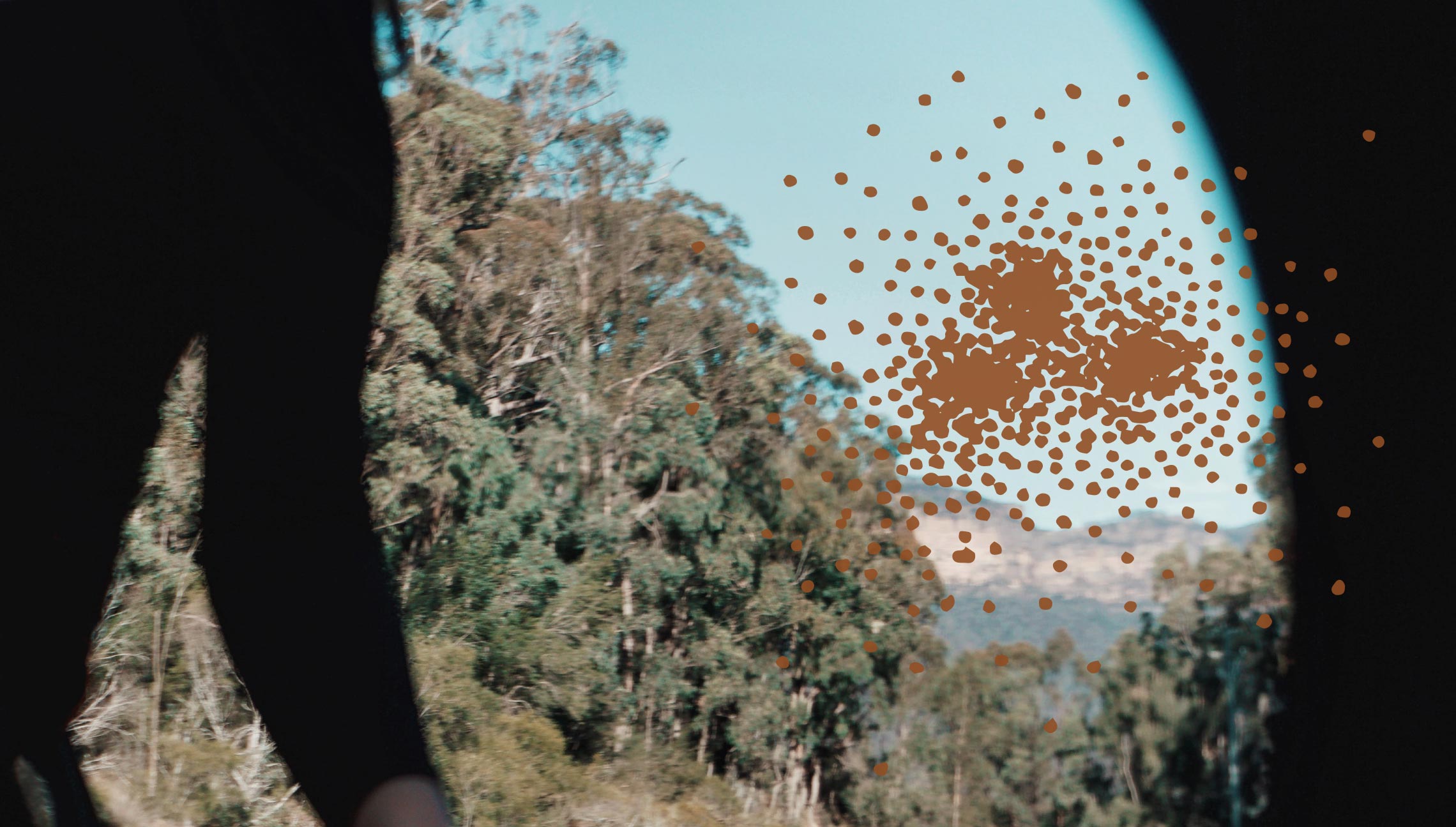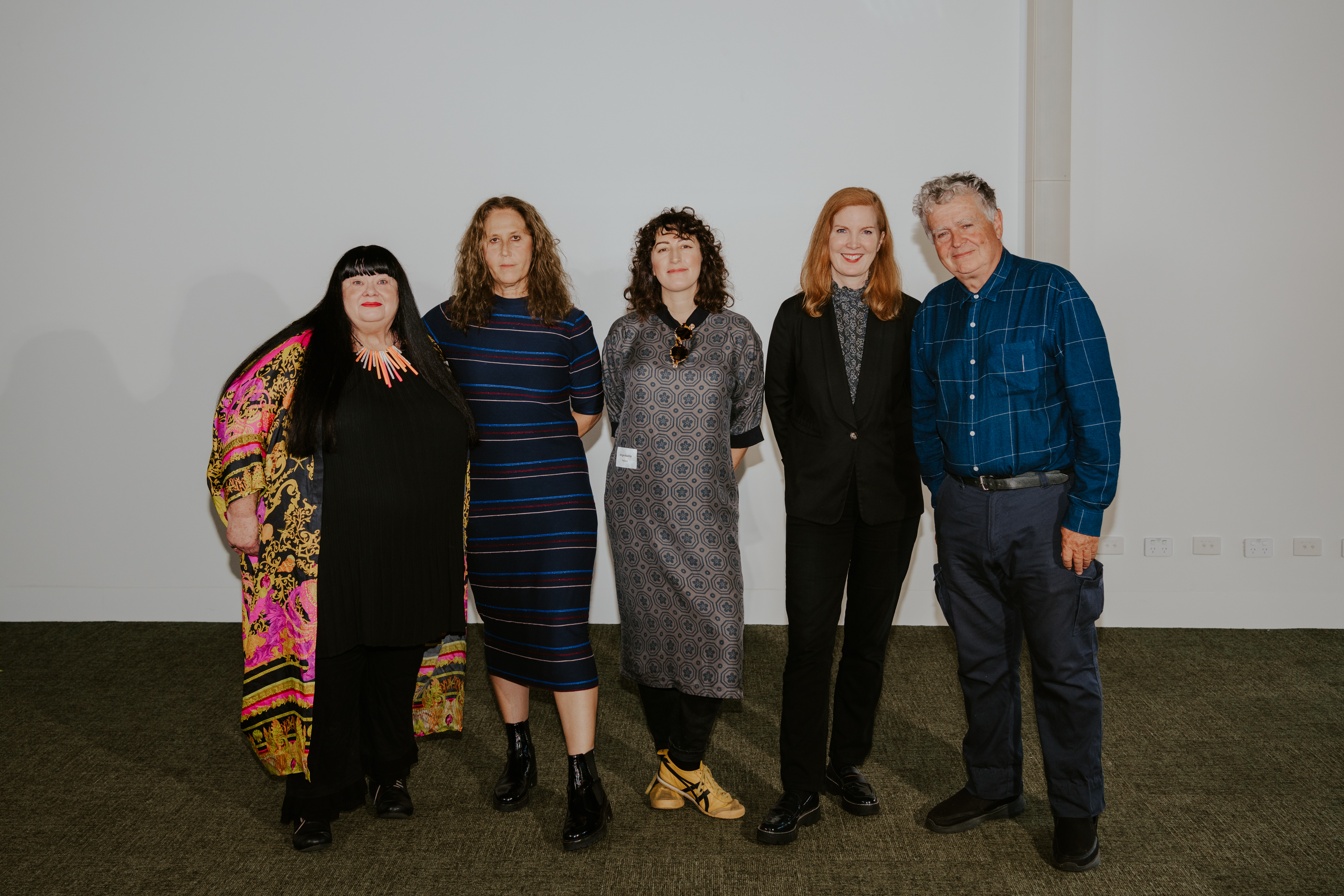Telling stories that inspire, stories that innovate, stories that create, re-write and interrogate is how we venture into the future.
The Australian National University School of Cybernetics is reinvigorating how we tell stories about the future. With the launch of the Cybernetic Imagination Residency Program, the School invites artists, thinkers, tinkerers, creatives and critical doers to form new and different approaches to looking at systems of technologies, humans, and ecologies.
“The Cybernetic Imagination Residency Program is a collaboration to create stories about the future that are hopeful,” Associate Professor and Cybernetic Futures Lead Andrew Meares says.
“Art is a way we can do this because it is often orientated around a story.”
Cybernetics and art have a rich history that long predates this residency program. In 1968, Jasia Reichardt curated a ground-breaking international exhibition exploring and demonstrating the relationship between the arts and technology.
‘Cybernetic Serendipity’ showcased 325 works at the Institute of Contemporary Arts in London. At a time when computers were still considered sophisticated calculators, the exhibition laid out new possibilities for the future of computers, and the ability for machines to sense and act in the world.
Fifty years on, works from the Cybernetic Serendipity exhibition can be found hung in the School of Cybernetics, where they continue to create wonder about what is possible when we blur the distinction between art and technology.
But the Cybernetic Imagination Residency looks beyond just artworks, it strives to create learning experiences in different mediums. By using artistic creations as a vehicle, the Imagination Residency program encourages residents to create stories about different futures, be provocative, and question everything.
“As an educational institution, we are looking to build a better future for Australia. This can only be done by having diverse voices communicating through different avenues. That is what we are doing with the Cybernetic Imagination Residency program,” Meares says.
The Thinkers, Tinkerers and Critical Doers#
The School of Cybernetics welcomes six residents who form the first two cohorts of Cybernetic Imagination Residents. Three residents are nearing the end of their residency at the School, but we are excited to announce another three for the 2023-24 period. From scholars to critically acclaimed film makers, the diverse expression of mediums, career trajectories, interests and knowledge gives a plethora of complex and engaging stories.
2022-23 residents
Mark Thomson is an Australian author, designer and artist who has pursued a cross-disciplinary career for the last four decades. He is a self-proclaimed documenter of life in the foreground of history - the stuff that isn’t recorded.
“Since I have written on old technology and problem solving, I was very intrigued by circular causality and systems. When I found out about the multidisciplinarity of cybernetics and the rich exchange of ideas, I was attracted to the residency program.”
Thomson’s first work with the School is called the Random Excuse Generator, a creation by the fictitious Henry Hoke – the great unacknowledged inventor.
“The whole mythology around Australians as inventors has always amused and intrigued me, so I thought I’d make up my own!
“The Random Excuse Generator ties into the future as it is a form of technology that doesn’t exist, but almost could have. It represents the optimism of people about technology, and our ability to conceive anything,” Thomson says.
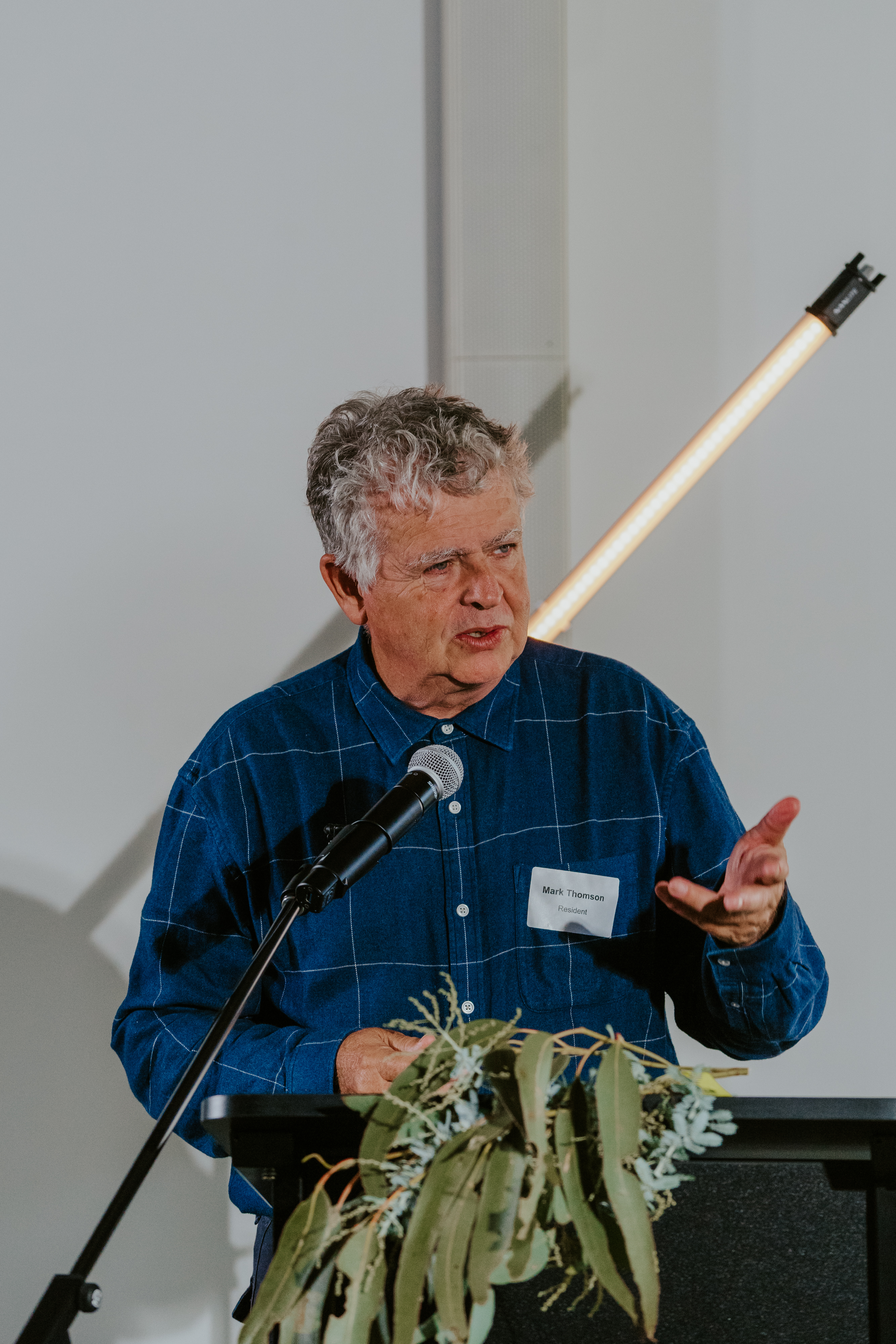
Leading international AI scholar with a long history of creative practice, Professor Kate Crawford, is researching the relationship between technology and power since 1500 for a new visual installation work.
“This new collaborative work focuses on the way empires have used technology to centralize power over the past five centuries,” Professor Crawford says.
She sees this necessary corrective to the current short-termism in technology criticism and visualization, which is frequently focused on the most recent spectacles and devices, rather than tracking the deeper historical and political context.
“What makes this residency program exciting is that it is part of a long history of bringing together scientists in collaboration with artists, historians and computer scientists.”
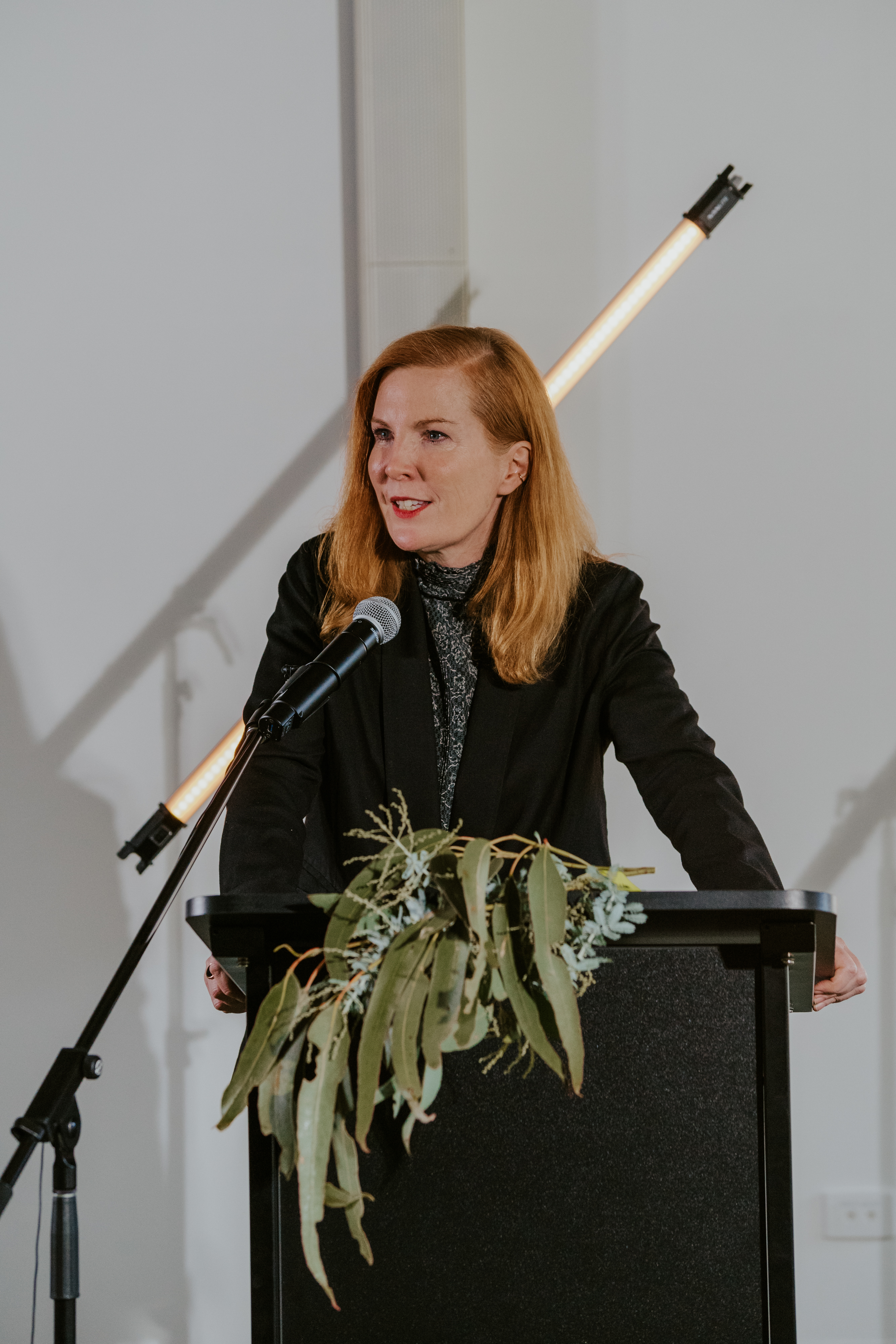
Multi-award winning storyteller, filmmaker and artist Lynette Wallworth has worked in the digital media space for much of her career. Working across immersive environments including 360-degree film, virtual reality, interactive video, and digital full dome, she is interested in engaging the audience as participants in the work.
“The idea that the imagination is a speculative space and something we need to activate to envisage other possible futures is something I care passionately about,” Wallworth says.
“I come from a tradition of immersive documentary and stories that are playing out in reality, but that require our immersion in them in order to fully experience them.”
Wallworth is looking specifically at the different cultural traditions associated with the end of life, and combining different ways of thinking about what happens when we die.
“I am exploring the notions of the transcendent that we have been cut off from through a professionalising of end of life, and how we might connect to longer standing traditions,” Wallworth says.
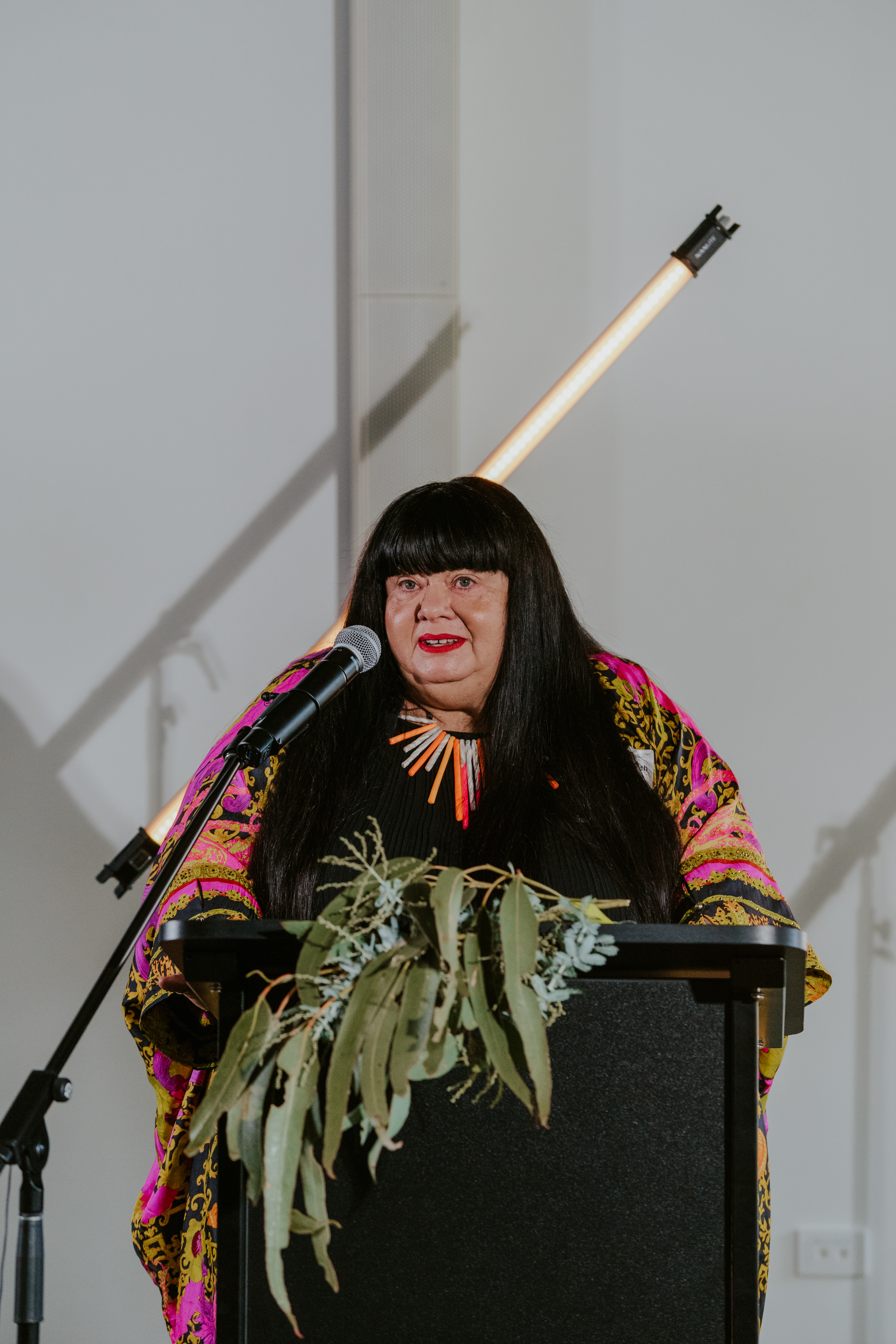
2023-24 residents
Professor Angie Abdilla is a palawa~trawlwoolway woman and works with Indigenous knowledges and systems in technology.
“The intersection between culture, arts and technology has been something that has driven me forever. It shows up in the work that I do as a consultant, it shows up in the work that I do as a researcher, and also as a maker,” Professor Abdilla says.
In talking about the program, Professor Abdilla says it is imperative we employ alternate approaches to the complex and challenging issues we are facing, and that creative practice is therefore central.
“This program has the potential to unearth not just novel ways of approaching technology, but philosophical and important divergent thinking about what is possible and critically important for the contemporary situation we find ourselves in.”
During her residency, Professor Abdilla is interested in seeing how a culmination of data sets that relate to the cultural and conceptual nature of a creation story could help us get closer to a meditative connection to country.
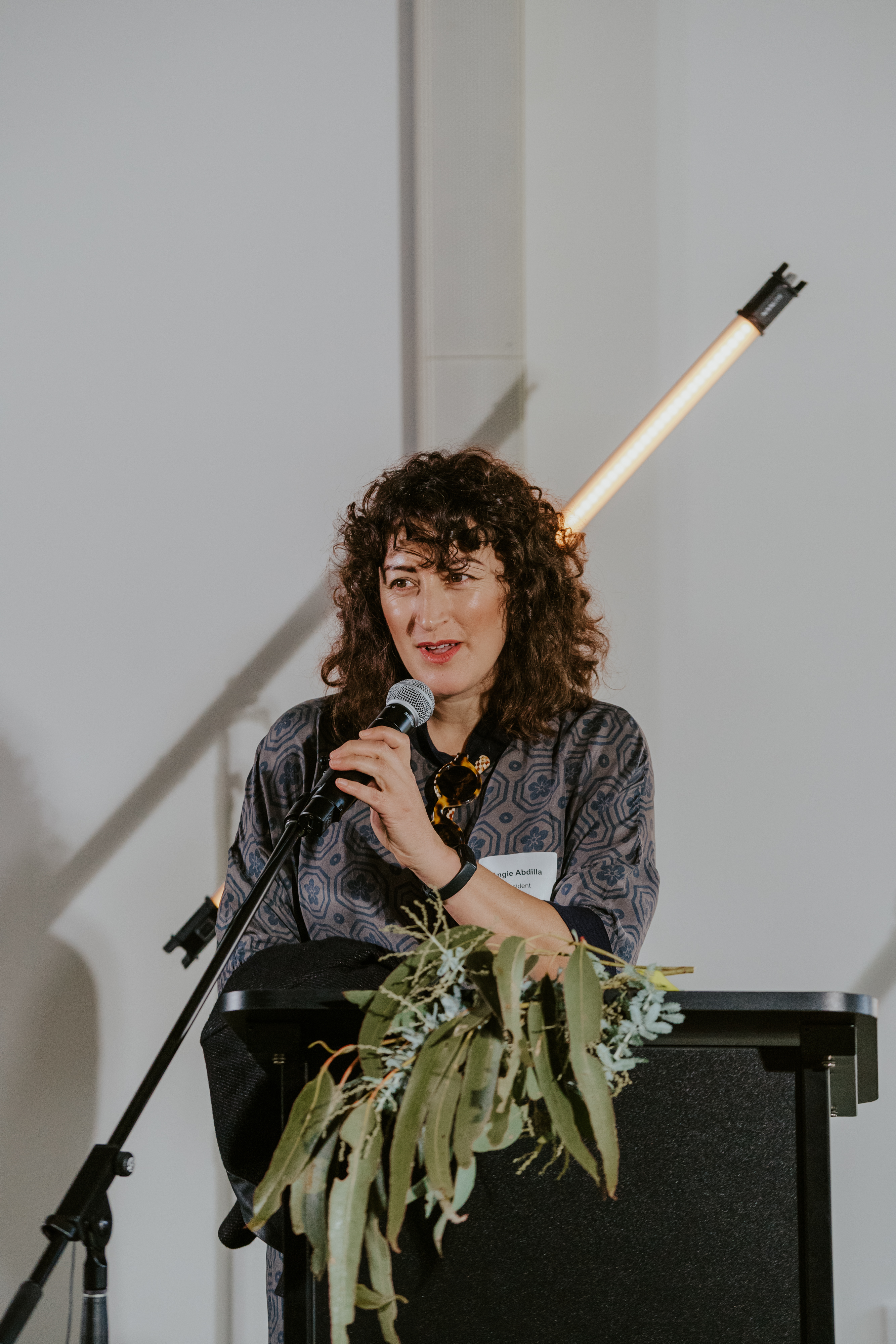
Caroline Pegram started her career as a live sound engineer mixing independent Australian rock bands. She moved to work in the realm of science communication, working with Dr Karl Kruszelnicki and as a producer across various documentaries and TV series. Along with colleagues, Pegram was part of the team that won the first AI Eurovision song contest in 2020.
“I am interested in the idea that we completely visualise data, and I think with emerging technologies we can do a much better job of turning data into sound,” Pegram says.
“The concept of data sound tracks is something that has been done before. However, it gives us a complementary angle for the absorption and interpretation of data.
“This residency program is a great way to bust things open and explore concepts in a way that we haven’t seen yet. It gives me the opportunity to bring together a team of people to see what we can achieve, and amplify to the world what cybernetics is and how it can be used in the design of systems.”

Dr Ambelin Kwaymullina is a First Nations academic, writer and artist who comes from the Palyku people and tells stories in a range of forms.
“Many of my stories are Indigenous Futurisms, a term first coined by Anishinaabe academic Grace Dillon which refers to stories told by Indigenous peoples that draw upon culture and strength to imagine Indigenous futures,” Dr Kwaymullina says.
“Globally, Indigenous peoples have long traditions of sustainable relationships with all the life around us and much knowledge to share that could inform more sustainable relationships with technology, but this knowledge has been too often misunderstood and misappropriated.
“My work as part of the residency program will involve encoding Indigenous futurist ideas into works of visual art.”
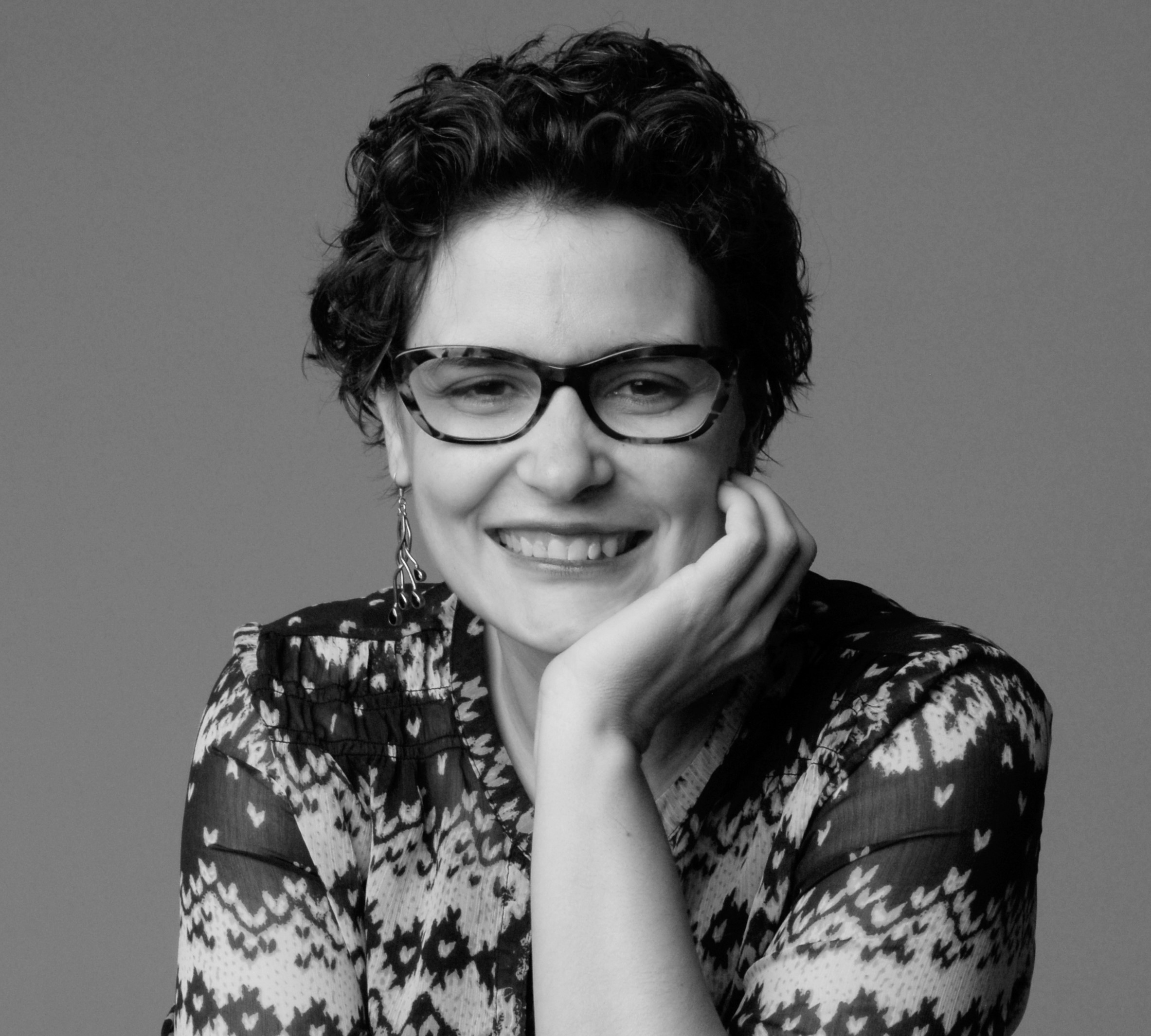
When telling stories about the future, it must be known that the future doesn’t just arrive. It is actively built in the present and informed by the past. But that doesn’t hinder the importance of stories, and their ability to make us feel.
“One is to tell stories about the future,” Distinguished Professor Genevieve Bell, Director of the School of Cybernetics says.
“Stories that are more hopeful and in some ways more joyful. Stories that let us imagine a future that’s more fair and just and optimistic and equitable and sustainable than the present. Stories in which there is agency for all of us to make a world better than the place we find ourselves in.”
“But at the same time, one must actively disrupt the present to make those futures more than just stories. We need to invest in the tools and conversations of the present as much as we do in those of the future,” Professor Bell says.
The Cybernetic Imagination Residency Program is an invitation to engage with these stories. To be part of a conversation, and be part of imagining and creating our futures.
The works of each resident will develop and flourish over the year. Stay connected and watch the continuation of imagination and story take place.
Here is a short photo-essay to experience the Cybernetic Imagination Residency Program Launch event virtually.
